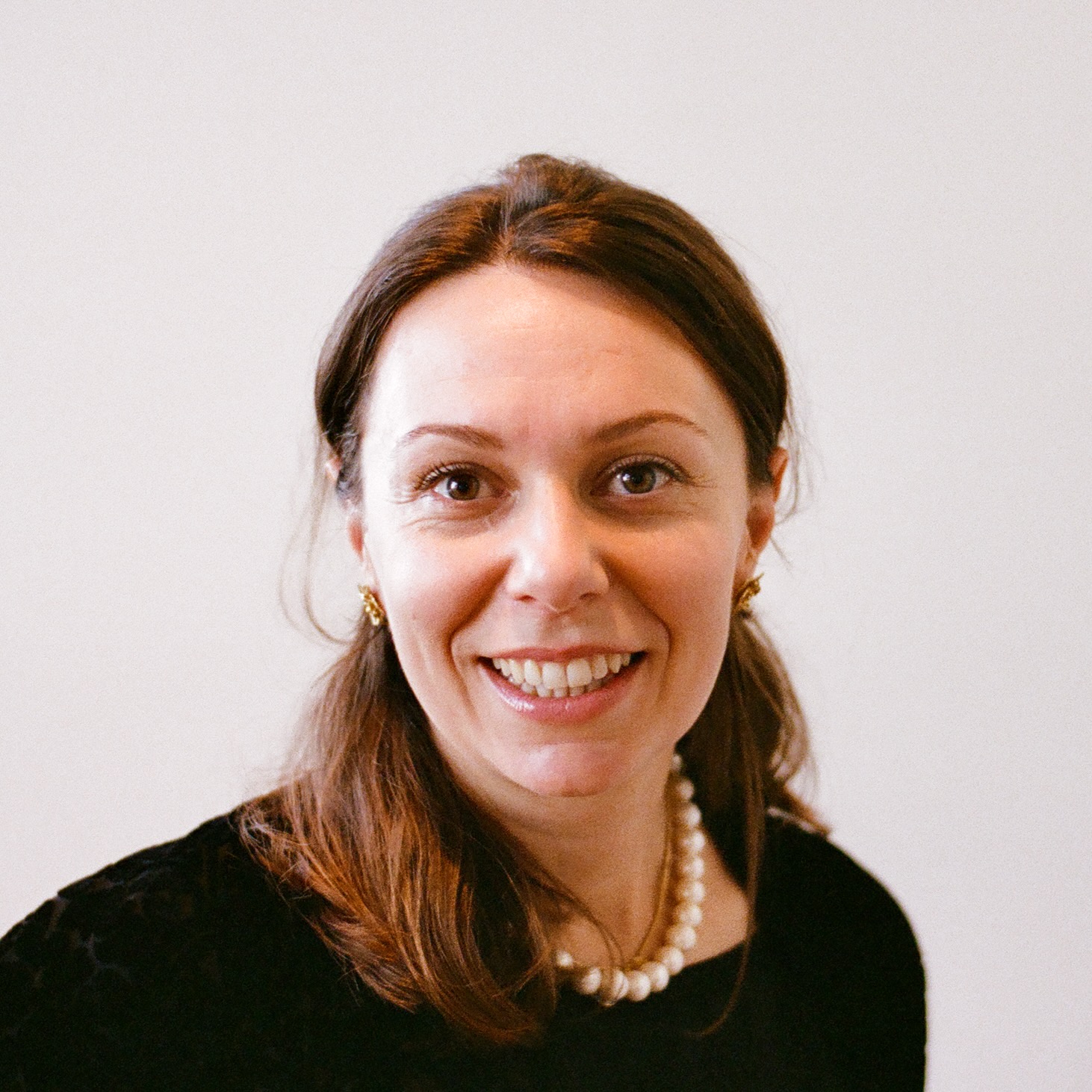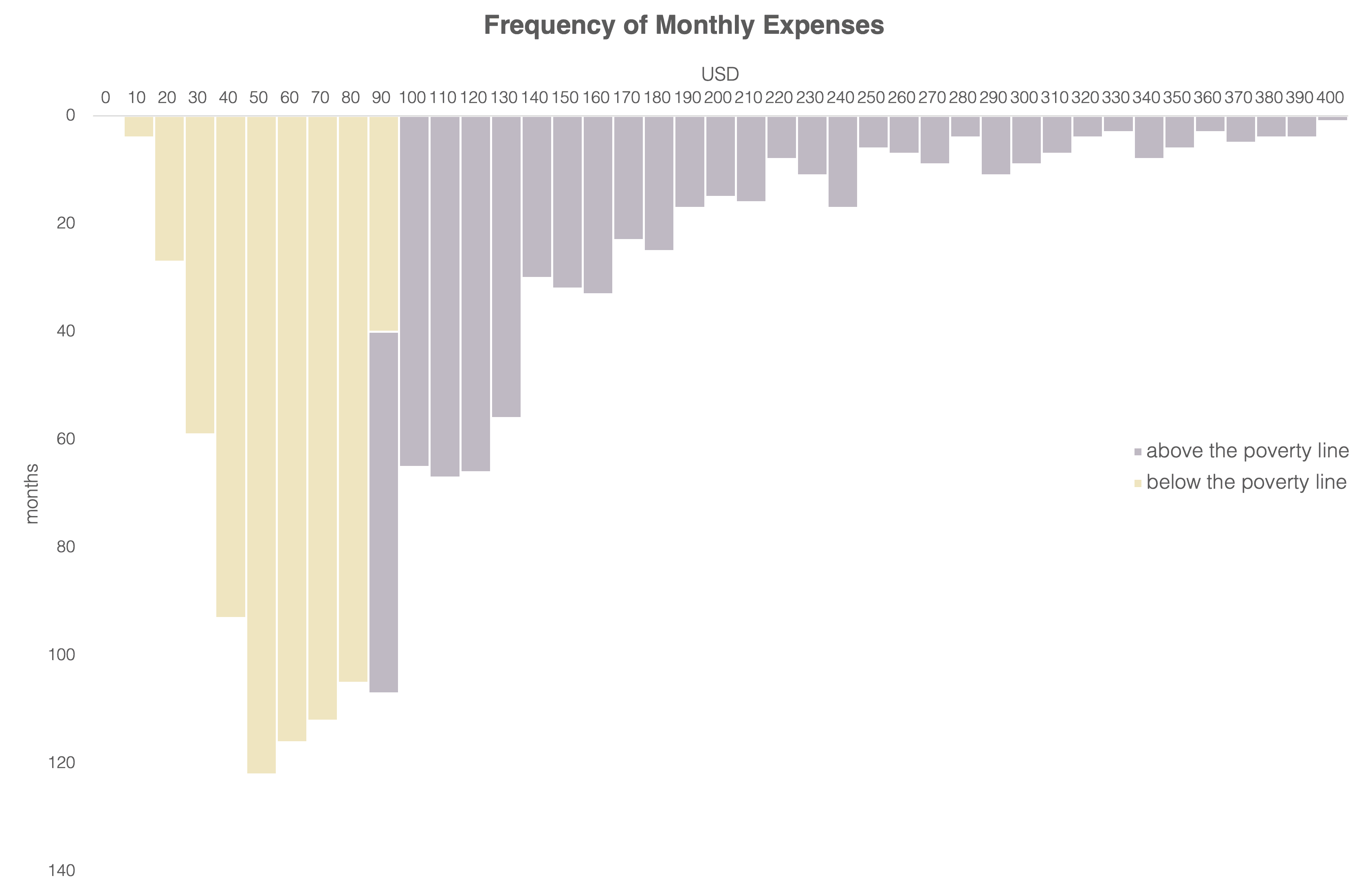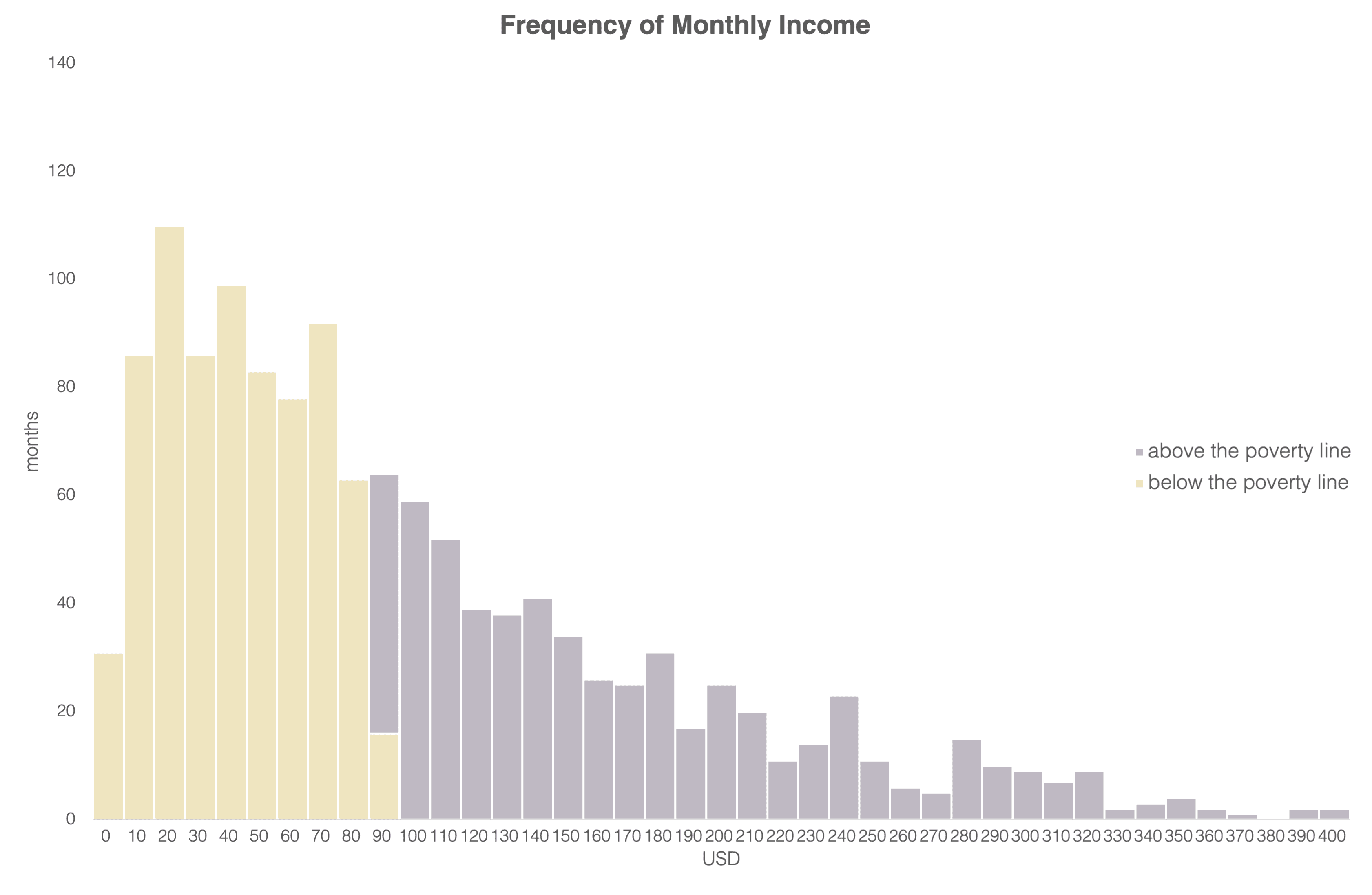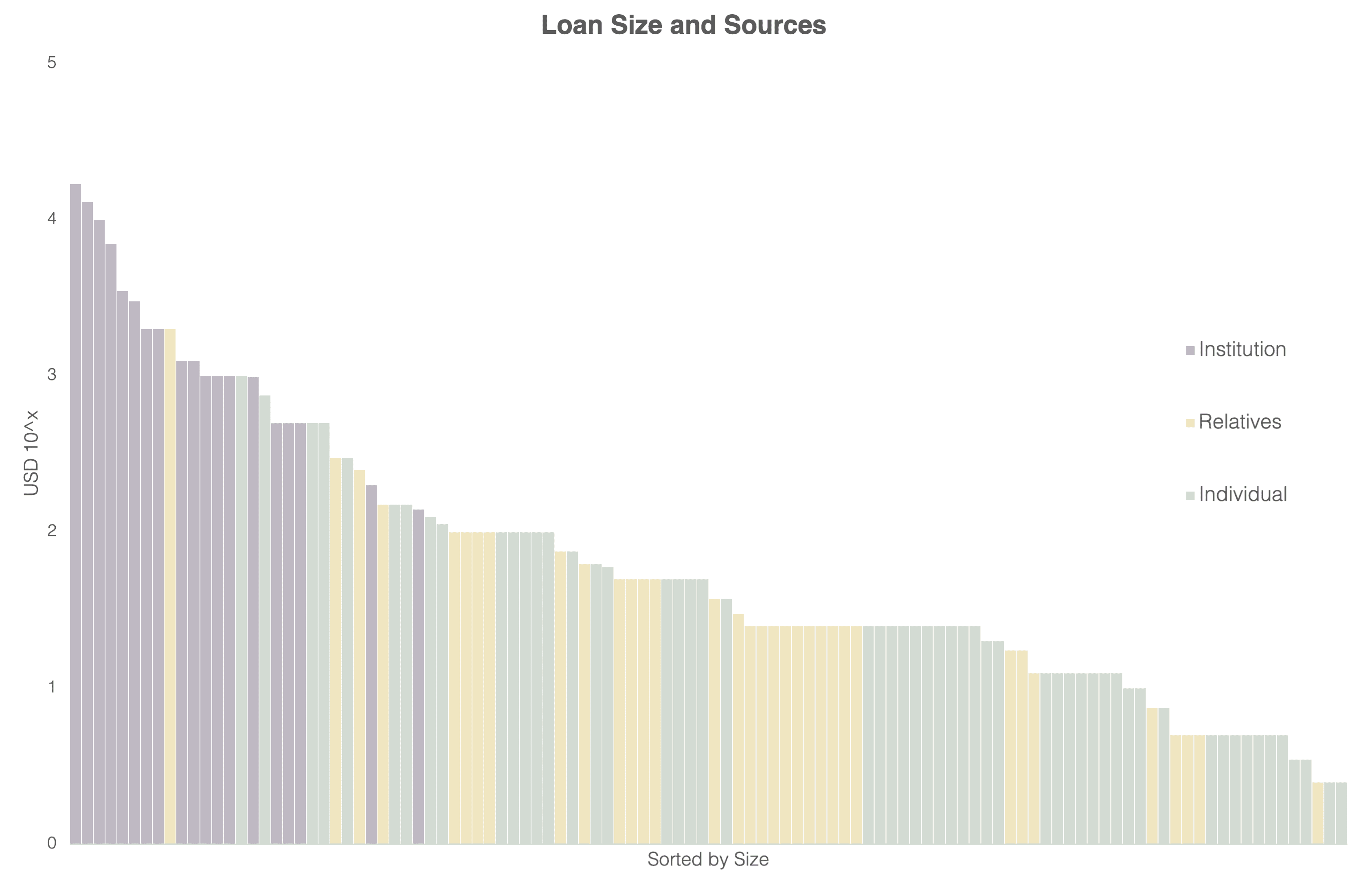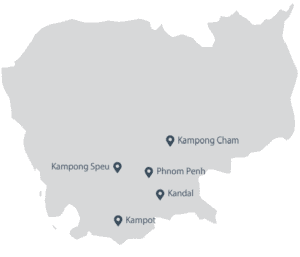In order to speed up loan approval processes, many banks and microfinance institutions use computer algorithms to calculate credit scores. I'm sure many of you are familiar with seeing a numerical credit score like '700'.
Credit scoring collects various pieces of information about a loan applicant and maps them to a single number. Based on the applicant’s loan repayment history, their use of other financial services, and other factors, the algorithm calculates a score such as '670 for this applicant', '740 for that applicant', and so on. And if the score is lower than the predefined threshold, the loan will not be approved.
Here, I would like to introduce a little theorem that makes up a part of Gojo's credit scoring approach.
Whether or not you can repay a loan without issues depends to a large extent on the size of the loan. For example, if I take a loan of $1 million, and spend it all at once without thinking, I will probably have a problem repaying it later. However, if I take a loan of $1, and use it to pay for some expenses, I will probably not have a problem repaying it later. In other words, credit scoring, which measures my ability to repay the loan, should be a function of the loan size.
Now, let's extend this view just a little bit more. The larger the loan size, the higher the credit score that should be required for the borrower, and therefore the higher the hurdle. The smaller the loan size, the lower the credit score that should be required for the borrower, and the lower the hurdle.
If that is the case, then for any given borrower, there should be a loan size that represents a manageable hurdle. For any kind of borrower, if we keep reducing the loan size, we will eventually find an amount that matches the maximum credit score they can achieve.
The above paragraphs outline a little theorem about credit scoring, which is my favorite. Of course, we can take a further step to consider how we might apply it in practice.
Why don't we just look for the (maximum) loan size we believe a borrower can handle, and use that as their credit score? Rather than producing a score like '670' or '740', it would be easier for everyone to understand that $500 is the maximum possible amount they would be allowed to borrow. If the amount is clear, borrowers can plan their investment.
We are actually applying this approach in a loan product currently being offered by Maxima, our partner in Cambodia. Their small digital loans project (also known as MBela) uses an automated assessment process to provide a credit score in the form of the maximum amount each person can borrow. The resulting credit score is easy for both the agent and borrower to understand.
Gojo wants to provide services that are innovative in their simplicity.
Yoshinari Noguchi is a researcher at Gojo and Company. He works in Gojo’s R&D team, and is currently looking into new ways to understand and support money management for low-income people, as well as analysis of data from the Hrishipara diaries and Gojo’s own financial diary projects.






